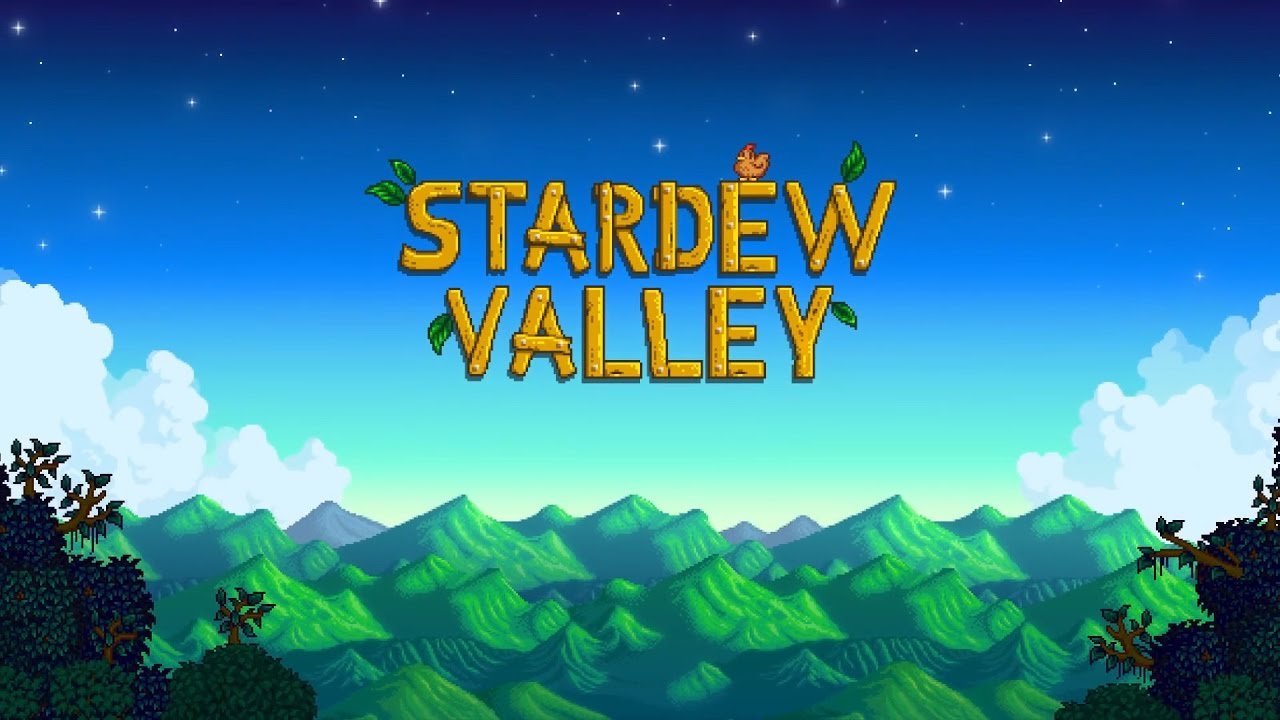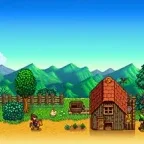Discussion
Discussion for Stardew Valley
934 topics in this forum
-
- 29 replies
- 4.8k views
-
- 9 replies
- 7.1k views
-
- 8 replies
- 5.2k views
-
- 5 replies
- 118 views
-
- 1 reply
- 31 views
-
- 1 reply
- 27 views
-
- 4 replies
- 75 views
-
- 1 reply
- 55 views
-
- 0 replies
- 11 views
-
- 0 replies
- 15 views
-
- 1 reply
- 173 views
-
- 0 replies
- 21 views
-
- 1 reply
- 127 views
-
- 0 replies
- 13 views
-
- 1 reply
- 161 views
-
- 0 replies
- 16 views
-
- 0 replies
- 52 views
-
- 0 replies
- 10 views
-
- 0 replies
- 47 views
-
- 1 reply
- 430 views
-
- 0 replies
- 23 views
-
- 0 replies
- 46 views
-
- 1 reply
- 65 views
-
- 0 replies
- 26 views
-
- 0 replies
- 251 views
-
- 0 replies
- 40 views
-
- 1 reply
- 157 views
-
- 0 replies
- 36 views
-
- 0 replies
- 109 views
-
- 0 replies
- 24 views
-
- 2 replies
- 77 views
-
- 0 replies
- 33 views
-
- 0 replies
- 63 views
-
- 0 replies
- 21 views
-
- 0 replies
- 53 views
-
- 0 replies
- 48 views
-
- 0 replies
- 79 views
-
- 0 replies
- 70 views
-
- 0 replies
- 42 views
-
- 1 reply
- 260 views
-
Recently Browsing 0 members
- No registered users viewing this page.


